The fires that ravaged Los Angeles at the beginning of this year took 31 lives by the official count, but new research estimates there were hundreds more deaths that are attributable to the disaster.
In the study, published in the medical journal JAMA on Wednesday, researchers analyzed data on the number of deaths in Los Angeles County from Jan. 5 to Feb. 1, 2025 — the period when the Palisades and Eaton fires tore though the city — and estimated that 440 more deaths could be attributed to the fires, compared to the expected number based on data from previous years.
These additional deaths likely reflect a combination of factors, including increased exposure to poor air quality, which may exacerbate heart or lung conditions, the authors say. They also point to the impact of delays or interruptions in people's access to necessary health care during that period.
"The findings from this study underscore the need to complement direct fatalities estimates with alternative methods to quantify the additional mortality burden of wildfires and of climate-related emergencies more broadly," the authors wrote. "They also highlight the need for improved mortality surveillance during and after wildfire emergencies."
The study did have some limitations, including some provisional data, and it did not account for deaths that may have occurred after Feb. 1.
The authors suggest future research should look into the longer-term impacts of the wildfires as more data becomes available. They also urged more research into the causes contributing to excess deaths related to wildfires.
2 years after Maui wildfires, studies find more health impacts
The JAMA Network also published two studies Wednesday examining the health impacts of the Maui wildfires, which devastated the island in August 2023.
In one study, researchers found substantial heart, lung and psychological health issues among a group of adults affected by the wildfires. Among the more than 1,000 study participants, nearly 63% had high blood pressure, nearly 50% reported depressive symptoms and about 22% exhibited FEV, or "forced expiratory volume," a measure of lung function.
Additionally, researchers found that members of the study group who resided within the fire perimeter had "significantly lower lung function" compared with those outside it.
A higher level of social support was associated with improved mental health outcomes, but researchers found it did not appear to improve physiological conditions like reduced lung function.
"As climate-driven disasters intensify, proactive strategies to monitor and mitigate their long-term health effects will be essential to protect vulnerable populations and enhance resilience," the authors wrote.
Another study focused on suicides and overdoses in the wake of the disaster. That research found that the fires did have an immediate effect on these types of deaths both in Maui and across Hawaii.
Using data from the U.S. National Center for Health Statistics from January 2014 through December 2023, researchers found the fires were associated with a 46% increase in the suicide and overdose death rate in all of Hawaii in August 2023, relative to other months, and a 97% increase that month in Maui alone.
During the 120-month study period, August 2023 accounted for both Maui's and other Hawaiian counties' highest monthly combined suicide and overdose death rate.
The authors note these findings highlight the importance of "rapidly deploying suicide and overdose prevention interventions during wildfire response and recovery phases," including interventions that reach beyond directly-impacted areas.
Sneak peek: The Strange Shooting of Alex Pennig
Quadruple murder suspect captured in Tennessee, officials confirm
New ICE migrant facility dubbed "Speedway Slammer" to open in Indiana
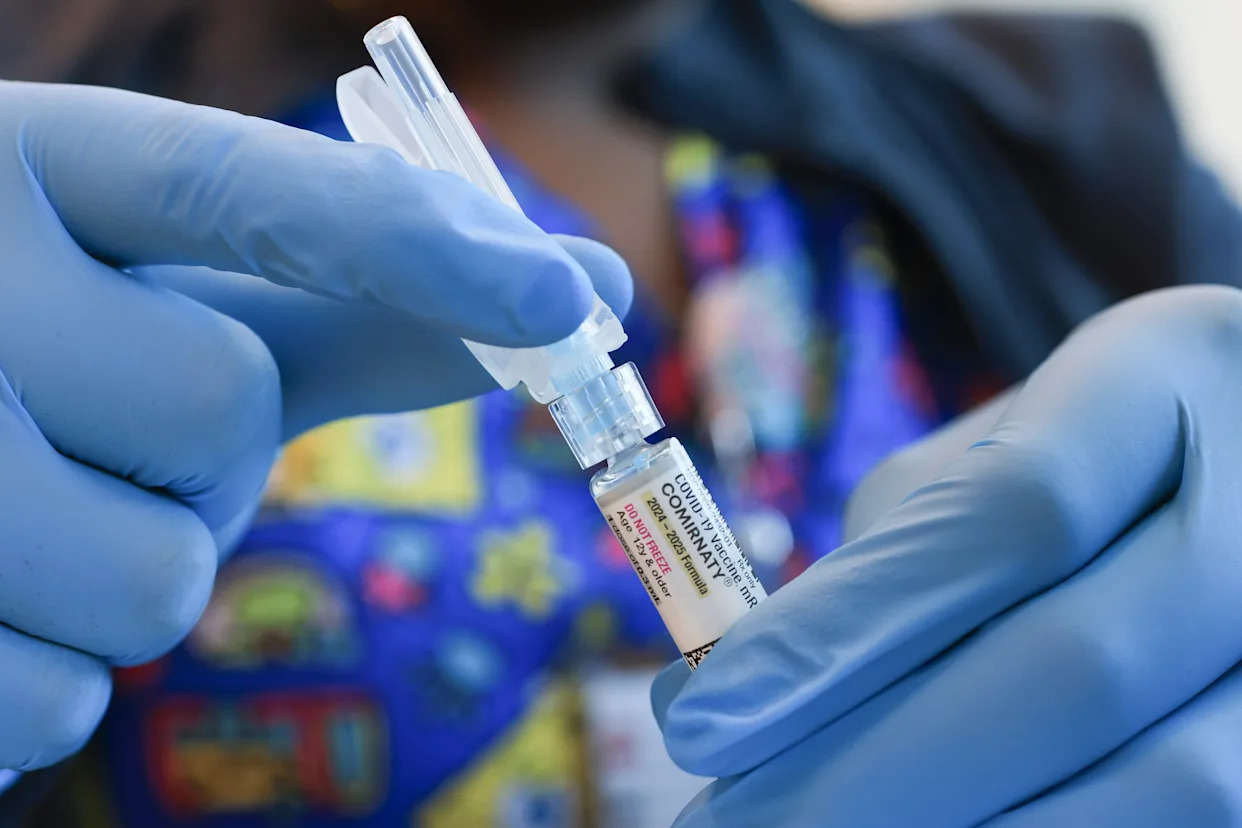
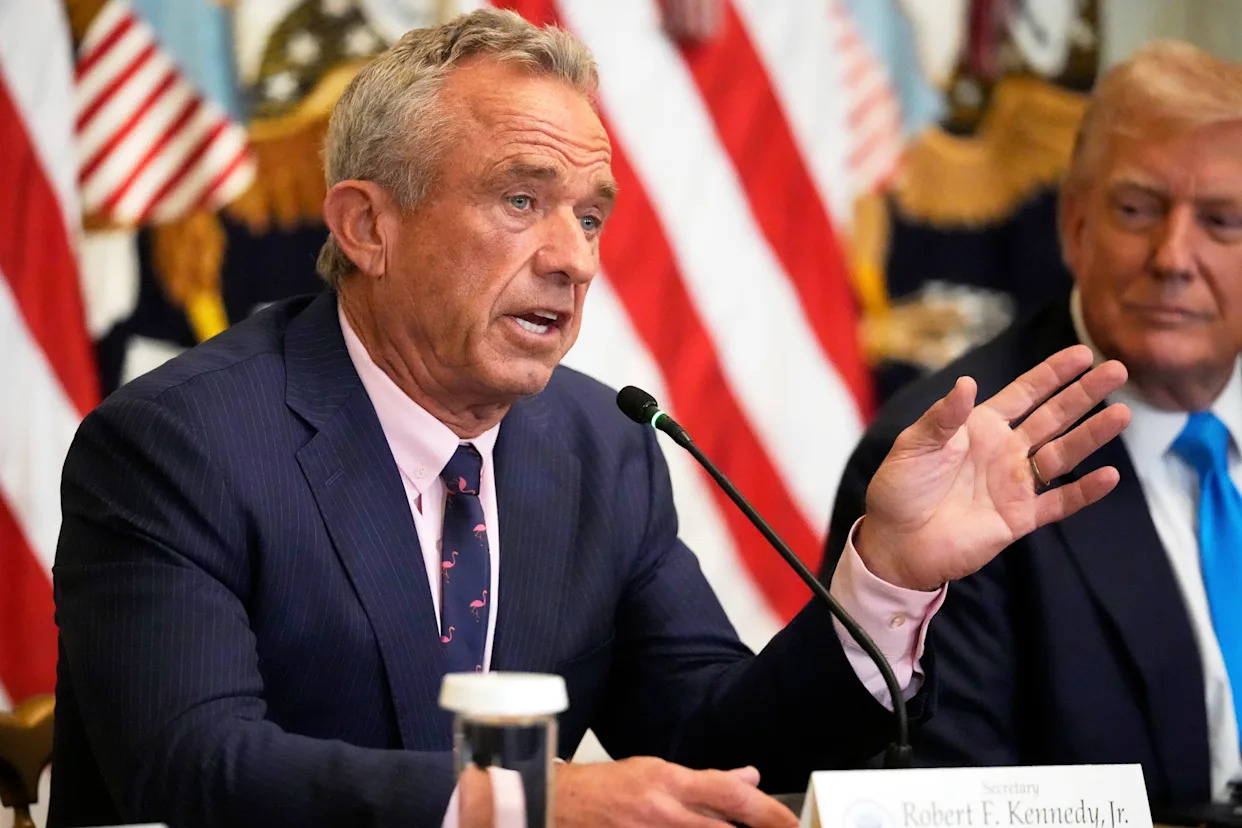


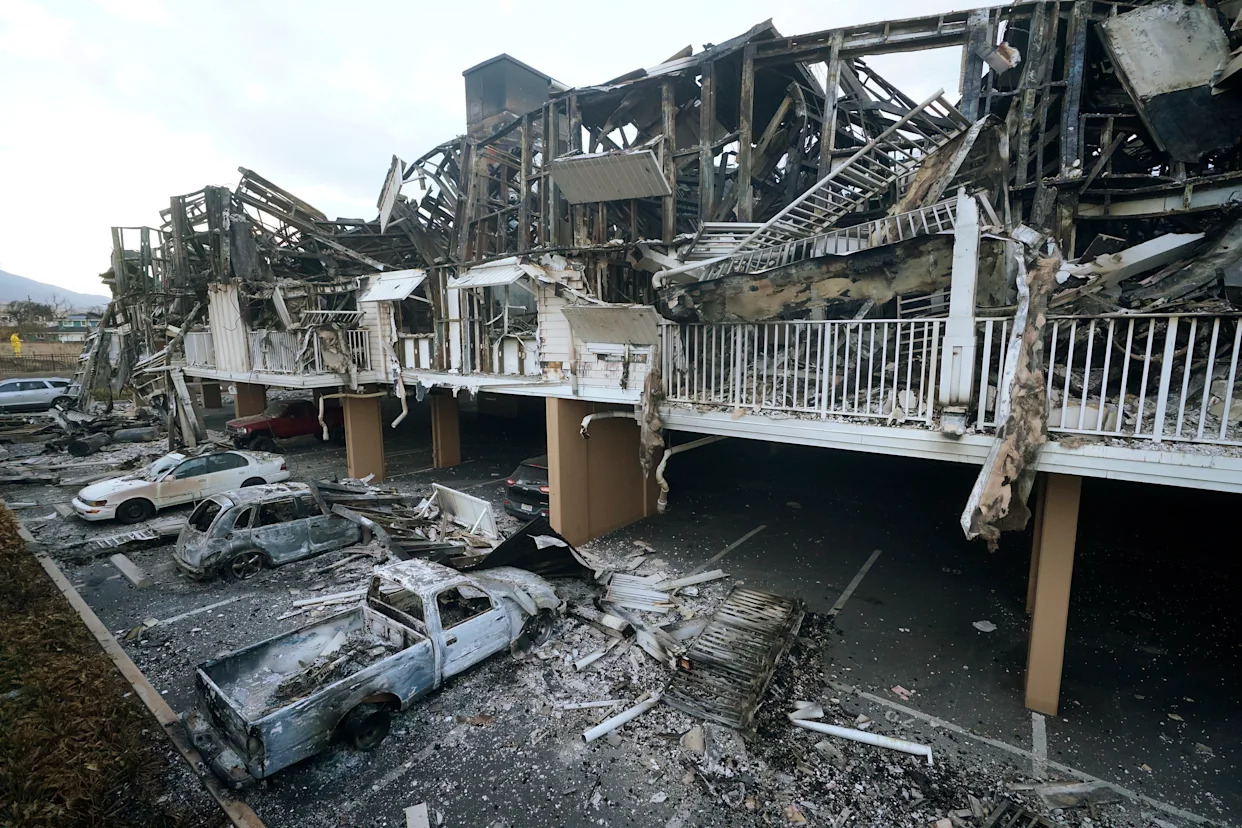
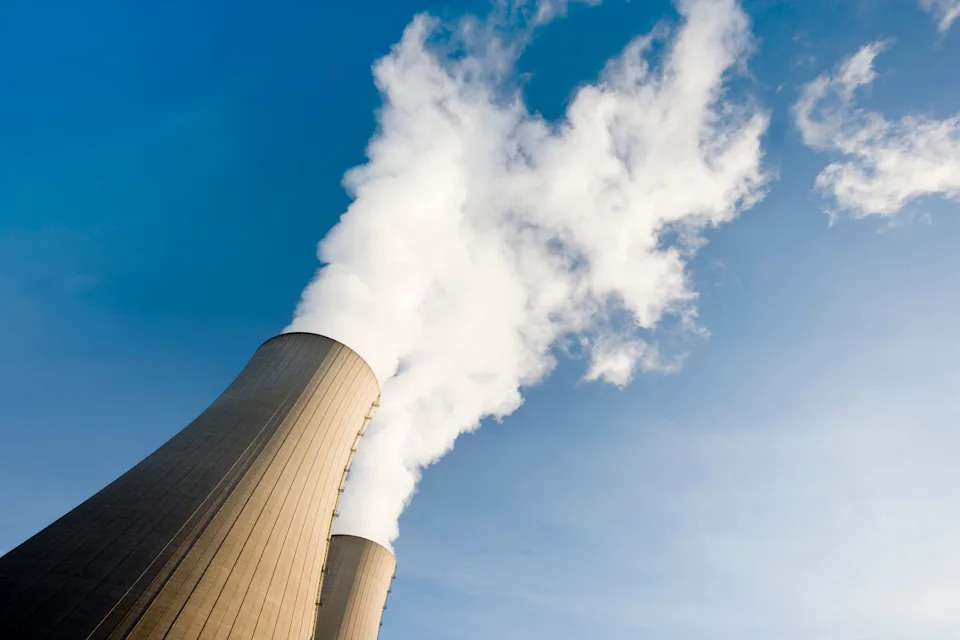
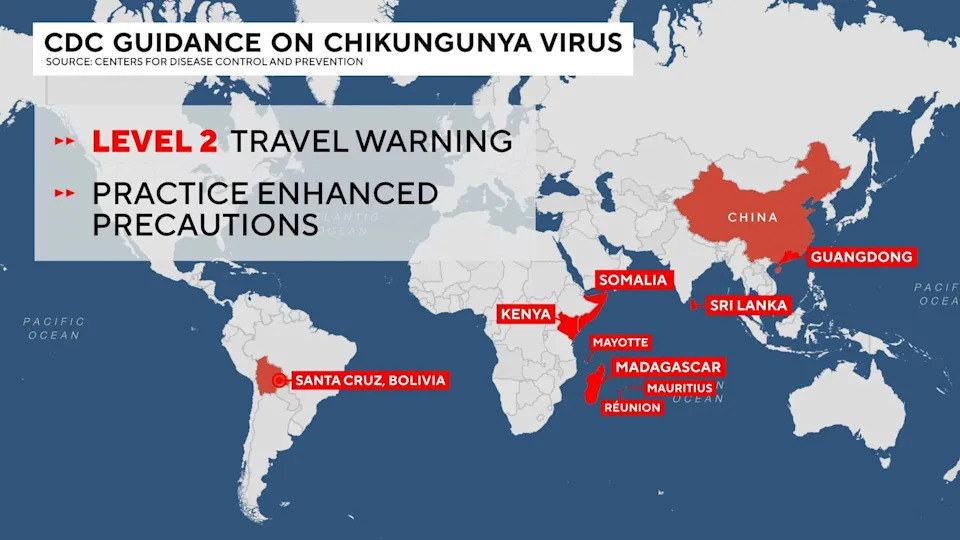

Comments